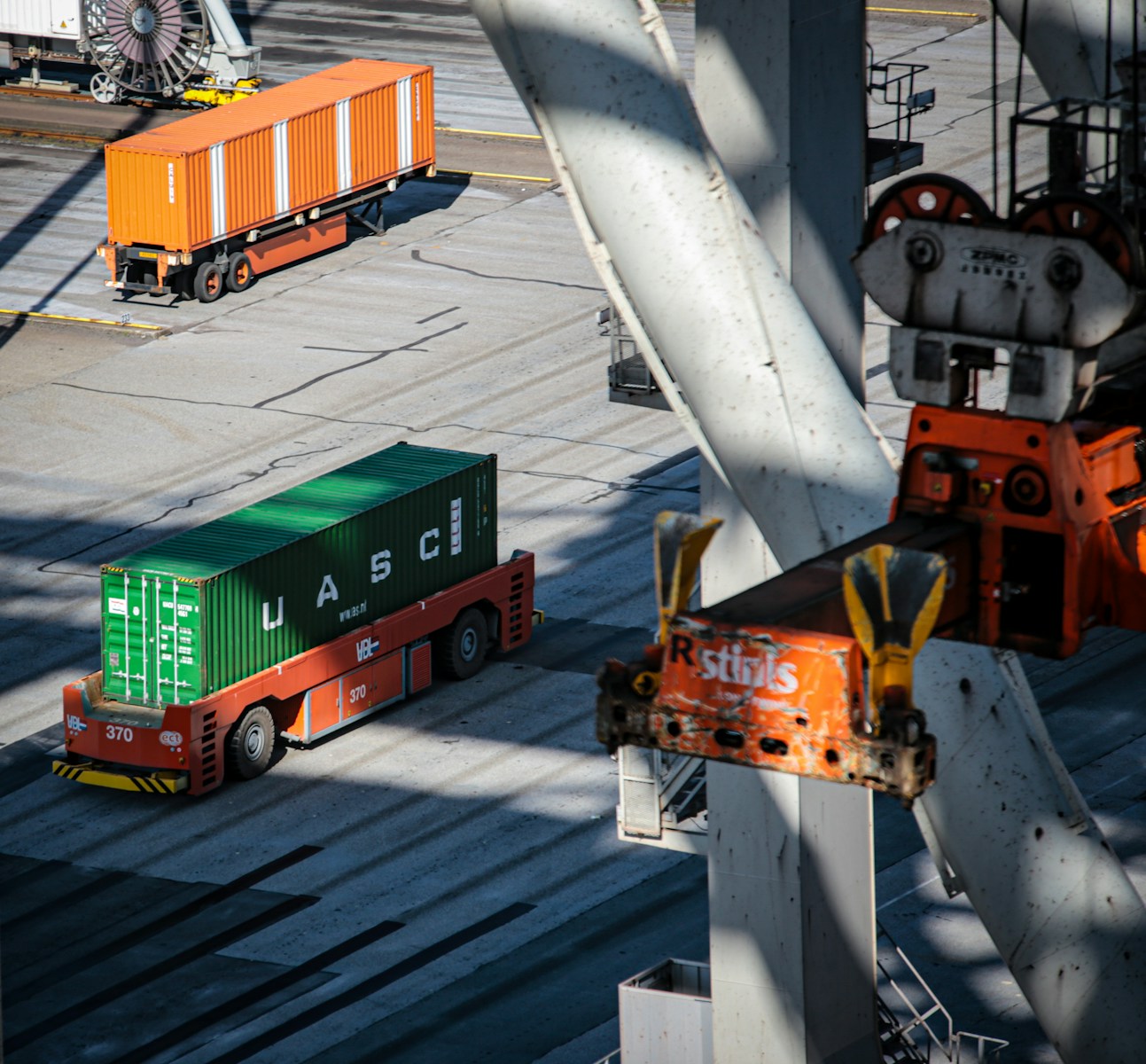Written By: Milton King | Agriculture Risk Consultant
Every cargo shipment becomes a part of a supply chain stretching from the manufacturer to the end user. When that supply chain crosses from one country to another, import/export transactions occur. That is a very simple description of Supply Chain Logistics which can be complex with many moving parts (people and organizations). When all those parts work together in harmony it can be an efficient and profitable way to do business. How efficient is your supply chain? Another way to say this is “How well is your supply chain secured against risk?”
Two-way communication on a regular basis is necessary to ensure your supply chain remains efficient and as risk-free as possible. Remember that phrase. I will revisit communications repeatedly because this is a major cornerstone.
Focus on one specific risk to begin with. Agriculture risk in cargo coming from India is not isolated to agriculture products only. Miscellaneous cargo may also be affected. The point to remember is when the cargo arrives at a US port of entry, it is all subject to agriculture inspection. Ensuring all agriculture risks have been identified and mitigated before shipping will save a lot of time and expense when the cargo arrives in the United States of America. The following bullets include some of the most common agriculture risks:
· Non-Compliant Solid Wood Packaging Materials (WPM) must be re-exported to the country of origin. If a prohibited wood packing pest is discovered the entire shipment will be refused entry.
· Prohibited Seed Contamination can occur on the interior or exterior surfaces of the shipping container, on the WPM, and on or with the commodity. The location of the seed contamination will result in a range of actions as simple as treatment and release for container contamination, with the most severe action being refused entry of food items contaminated with prohibited seeds.
· Soil contamination of the container, WPM, or the commodity. Mitigation is possible if damage to the commodity can be avoided.
· Live insect contamination of the commodity may result in a range of actions from treatment and release to re-export. Food items would not be treated and would in most cases be re-exported.
· Khapra Beetle is a special case. Mitigation may be allowed in some miscellaneous cargo. However, whether alive or dead khapra beetle-infested foodstuffs would most likely be re-exported to the country of origin.
· Unmanifested cargo will be seized and destroyed if of an agricultural nature. Penalties may apply.
When your entire supply chain is happy with the resulting cargo import/export, that is close to optimum profitability also. This snapshot of agriculture risk is meant to generate questions and discussion. Please direct questions and comments to [email protected]

